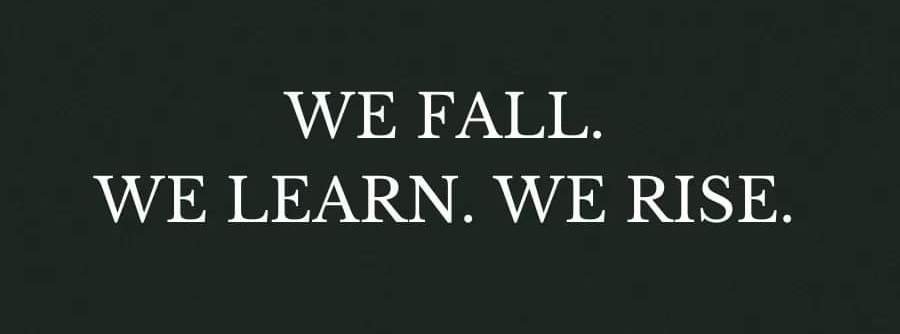Typically, our sales process entails a sequence of critical milestones. These milestones include gaining a comprehensive insight into the client's internal buying procedures, acquiring a clear understanding of the legal review process, and identifying key stakeholders while understanding their individual and business objectives and motivations. In order to navigate the inherently non-linear nature of this process, we approach sales and buying as a series of commitments we establish with our clients. This involves phases such as initial discovery, examining potential solutions, involving additional stakeholders, further discovery, comprehensive discussions, reaching mutual agreement on the investment, bringing in more stakeholders, managing conflicts, fostering collaboration, and refining the solution. I think at times, it may appear as if we are starting from scratch, despite being in close proximity to the finish line.
A little reminder
I think that failing to assertively say "No" or set clear boundaries can lead to numerous problems. It's essential to recognise that lacking these boundaries can be quite costly. Rather than resorting to lies or excuses, it's important not to fear disappointing individuals who only seem to remember you when they need something. Instead, choose to decline their requests immediately. Remember, while empathy is valuable, it should be accompanied by well-defined boundaries to avoid self-destructive consequences.
““You can cut all the flowers but you can’t stop Spring from coming.””
Aspirational choices
Businesses tend to become less risk-averse when they are confronted with a crisis, as the saying goes, 'necessity is the mother of invention.' Consumers also develop a narrative explaining why they are adopting new behaviours. Periods of disruption, although they introduce variance and instability in the economy, can potentially be healthy in the long-term. I think that the obstacles to technology adoption primarily stem from psychological hurdles, and this is why I find marketing fascinating, as it poses the challenge of converting people in the first place.
““When you have to make a choice and don’t make it, that is in itself a choice.””
Race had nothing to do with my decision
Unconscious bias (also referred to as implicit bias) is the process of associating stereotypes or attitudes towards categories of people without conscious awareness – which can result in actions and decisions that are at odds with one’s conscious beliefs about fairness and equality. I think this can lead us to make biased and unfair decisions regarding who we hire for a job or select for a promotion, which classes we place students into and who we send out of the classroom for behaviour infractions, and which treatment options we make available to patients. And, we know from extensive research, that this happens all the time in our schools, in hospitals, in policing, and in places of employment.
Embracing the concept of anti-fragility
Are you familiar with Nassim Taleb’s “Barbell Strategy”?
Yes, the Barbell Strategy is a concept Nassim Taleb introduced in his book "Antifragile: Things That Gain From Disorder," which is designed to help individuals and organisations navigate uncertainty and volatility. Taleb suggests that in situations of high uncertainty and unpredictability, it's best to avoid the middle. This means staying away from investments or strategies that have moderate risk but limited upside, as they can be vulnerable to unexpected events. Taleb’s says we should put 80% into less risk, low reward investments to ensure that you don’t go bankrupt, and then put a small percentage into things where you have a finite knowable downside and where the potential upside can be huge. I think it’s essential you look at them differently, the way you react when you lose money in 20% range should be with “it could happen” eyes. On the other hand, if you lose money in the 80% bracket you should panic, as this investment is not supposed to be losing you money.
A large part of business is about being totally logical, consistent, pursuing efficiency, exploiting what you already know, following best practice, etc., etc. I think the Barbell Strategy can be applied to financial investments as well as to various aspects of life, including career choices, personal health, and decision-making. It's a way to thrive in a world where uncertainty and randomness play significant roles.
Balance is a concern
Sales is a series of asking for commitments and all salespersons - regardless of who you are or what you are selling – have two primary concerns:
1. RESULTS
- Did you make the sale?
- Did you bring in the money for your company?
- Will you receive your commission?
Everyone ultimately wants to achieve tangible results.
2. RELATIONSHIPS
- Did your client enjoy the selling process?
- Do they now know, like and trust you?
- Did they enjoy your selling process enough to speak positively about you and your company by giving you a referral?
I think the balance between achieving results and nurturing relationships with clients is essential for successful salespersons. Contact me via e-mail for sales training and workshops.
Learn how to deal with no
Human beings fear two things more than anything else in the world: death and rejection. And research has shown that people fear rejection more than death, this is because we are biologically and historically wired to avoid getting thrown out of the tribe, so we do everything in our power to net get rejected. I think we have to change our interpretation of rejection as our brains are always trying to interpret everything – What does this mean and how can I protect you? Unfortunately, the brain is not always our best friend, so we have to learn how to reframe the stories we tell ourselves. Contact me via e-mail for sales training and workshops.
““Asking is the beginning of receiving. Ask the question, receive the answer. If you don’t ask, you don’t get.” ”
Breaking promises
The size of the commitments we keep to ourselves correlates to the size of the rewards we receive at the other end. For example, if we keep big commitments to ourselves their influence on our self-esteem and the narrative we tell ourselves can be used as evidence about who we really are. Conversely, I think if you break small promises to yourself then you’ll sow the seeds of doubt and weaken your resolve when it come to the larger ones.
Ask questions
Arrogance pretends it knows, whereas humility shows up to learn. I think we all desire knowledge and seek to avoid appearing ignorant, ultimately transforming learners into knowledgeable individuals by showing up to learn rather than pretending to know it all.
Why is it important to test assumptions?
Can you give me an example of a situation where testing assumptions led to a positive outcome?
What are some common barriers to exploring different options?
How do you personally challenge yourself to grow and develop?
In what contexts do you find it challenging to listen deeply, and how can you overcome those challenges?
What has been a significant change you've made in your life, and what motivated it?
Can you explain the concept of feedback loops and their significance in various scenarios?
How do you go about seeking input from others, and why is it valuable?
Please send me your answers via e-mail.
I will give free 45 minute 1:1 consultation to everyone who replies before midnight on Sunday (17th September 2023).
Effort vs. results
The Pareto Principle is also referred to as the 80/20 rule, and the concept originated from an observation made by Italian economist Vilfredo Pareto. This principle suggests that approximately 80% of effects are driven by 20% of causes. Therefore, I think one should focus on the 20% that yields 80% of the results as not everything is a priority.
Remember that results must be S.M.A.R.T (Specific, Measurable, Achievable, Relevant, and Time-Bound) and should be defined in terms of goals that can be clearly measured. If the goals are achieved, the results are accomplished, and the job is done. Efforts are actions and they specify the plan that must be executed to achieve the results.
Chefs vs. cooks analogy
The difference between the cook and the chef. While these verbs are often used interchangeably, there is an important nuance. The chef is a trailblazer, the person who invents recipes, he knows the raw ingredients and how to combine them. The cook, who reasons by analogy, uses a recipe, he creates something, perhaps with slight variations, that’s already been created. The difference between reasoning by first principles and reasoning by analogy is like the difference between being a chef and being a cook. If the cook lost the recipe, he’d be screwed. The chef, on the other hand, understands the flavour profiles and combinations at such a fundamental levels that he doesn’t even use a recipe. He has real knowledge as opposed to know-how.
Metrics that matter
It’s import to focus on five key principles when building a brand regardless if it’s your personal brand or a commercial entity. The 5 key principles are:
• Creativity
• Authenticity
• Providing value
• Staying consistent
• Interacting with your audience
I think that it’s important that one does not get distracted by irrelevant metrics and instead approach brand building by reasoning from first principles or through analogies. As this approach encourages a more strategic and effective approach to brand development. Contact me via e-mail for a 1:1 overview of your brand strategy.
Follow the leader
In my experience good leaders know the value in wanting others to shine more than they do, and they do what they can to put their team in a position to win. Strong leaders inspire their teams with a clear vision for the future and aligns everyone’s efforts towards the common purpose through meaningful communication. I think effective leaders are the ones who delegate tasks and responsibilities, trusting team members to carry out their duties. Empowering them and providing guidance takes courage and team members usually reward these leaders with loyalty. It’s always good to know that leadership is not a “one size fits all” concept, different situations may require different leadership styles.
Reconciling different goals
Image: Aaron Lynn ©
Goals: What’s best for the customer? What’s best for the local community? What’s best for the planet? These are all noble causes, but often teams can’t come to an agreement on these goals. It’s not uncommon for teams within organisations to have conflicting or even opposing goals where the only common ground is they all work for the organisation, and they all want it to be successful. Therefore, they turn to a question that much more straightforward, much easier to measure and far more sinister: What’s best for the organisation?
Whenever we ask that question it’s all over, as I think the primary focus shifts to what's best for the organisation in terms of profitability, which can sometimes lead to decisions that prioritise financial gain over other considerations such as employee well-being, environmental impact, or ethical concerns. Organisations today demand constant scale and growth, and when push comes to shove, we have to be able to support our family and we all want stability in our lives. When the decision is about feeding our families or stretching the truth, I think most people are going to choose the latter.
Creativity in the moment
We don’t have time in our everyday lives to tap into every little detail before taking a decision, so we tap into mental shortcuts e.g., authority, scarcity, etc., etc., to help us make decisions. And this is why good photography matters, and this is why good design matters, and this is why good branding matters. These mental shortcuts are based on reliable information, unfortunately, designers and brand managers try to exploit these shortcuts for their own gain, by using counterfeit evidence and shady tactics to make you buy their products under false pretences.
Social proof is relying on others’ opinions to make choices especially when we don’t have enough information to make an informed decision. Social proof is more effective when the people promoting the product seem like our peers. And that’s why marketers focus on using the terms, “best-selling and highest rated.” As then they don’t have to convince you that the product is good, they just have to convince you that other people think it’s good. And this is why I think social proof can be used for manipulative purposes.
What's social proof?
The first time I came across the term, “social proof” was in Robert Cialdini’s book ”Influence: The Psychology of Persuasion” from the mid-80’s. Cialdini wrote… the principle of social proof says the greater the number of people who find any idea correct, the more the idea will be correct. Social proof is a phenomenon where people follow and copy the actions of others in order to display accepted or correct behaviour, based on the idea of normative social influence. Here are some current examples of social proof, customer testimonials, online reviews, social media shares, celebrity endorsements, and case studies. I think we all use the actions of others to decide on proper behaviour for ourselves, especially when we view those others as similar to ourselves.
Visual signalling
When people make purchasing decisions, it's not solely about the product itself; trustworthiness and the reputation of the brand plays a significant role. The presentation of the business, for example, website, packaging, shop fronts, etc., as well as the emotional aspects of branding also influence consumer decisions. These are all signals that the business is trustworthy and is counting on repeat business. I think humans rely on both verbal and visual communication. And logic may not always be the primary driver of human decision-making emotions and perceptions can be equally or more important factors.
Be present
Sometimes the best way to support and help others is to give your undivided attention, reading the room and balancing one’s contributions to ensure a value exchange that benefits all. I think that when you are waiting for a pause so that you can speak, you are not truly listening, and the most important part of listening is the ability to hear the unsaid. Everyone you meet knows more about something than you do, therefore, the goal is to leave people better than when you found them, and show you care more about the people around you.
Evaluating digital performance
What damage is caused by using bad metrics in digital marketing?
To improve the impact of digital marketing and undo the damage caused by using inadequate metrics, we must find a high-margin, transactional product to sell and market. Currently, a major issue with e-mail marketing is the optimisation around transactional metrics rather than emotional metrics. It’s important to point out that learning from digital marketing mistakes is not always easy or straightforward. I think it’s essential to exercise caution in this aspect and change our focus towards emotional engagement in order to obtain more effective results.
“Making mistakes is something everyone does. Learning from them is not. ”
Making the right choices
““Dear Managers,
Your job is not to make people work harder. Your responsibility to help your team achieve their goals, let them know that their work matters, and then recognise and reward those who consistently help the team deliver timely, high quality and positive outcomes.””
I think we all have different opinions, the problem starts when we feel our opinion is worth more than what anyone else can say. Authentic leaders know they can learn a lot from those that think differently than they do. Contact me via e-mail for a confidential 1:1 session





















